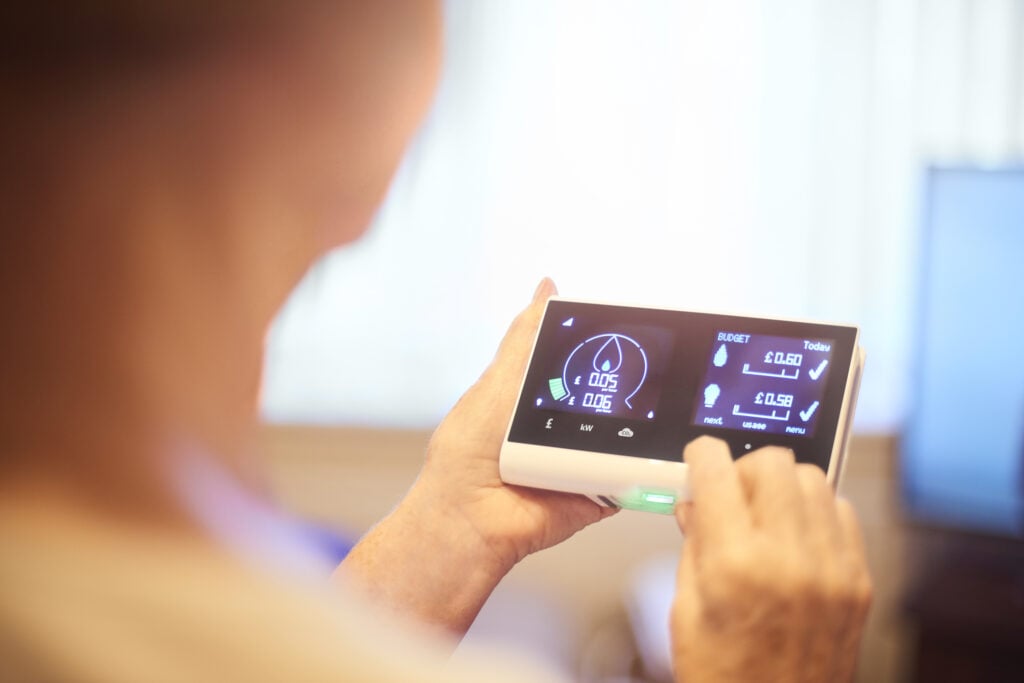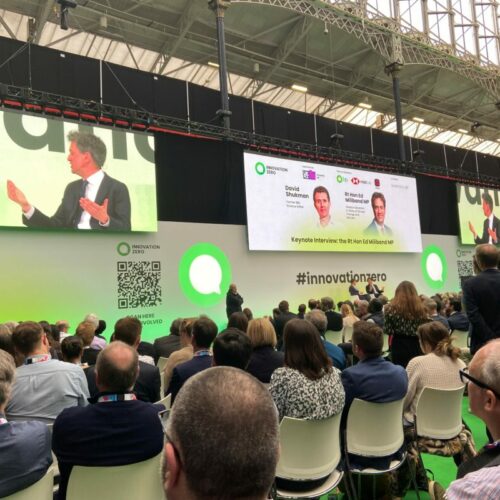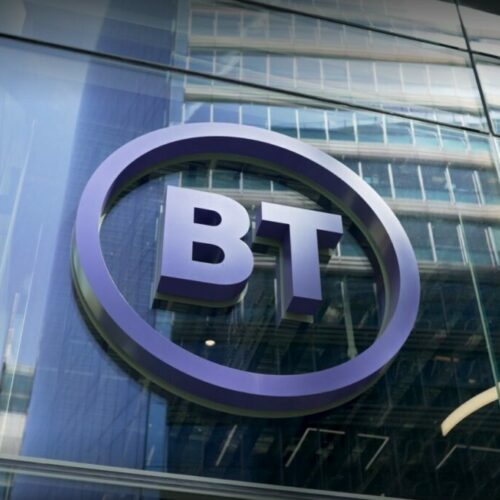The price cap could pass £4,200 come January following a number of changes made by the regulator Ofgem, according to analysis from Investec’s Martin Young.
Last week, Ofgem confirmed that the price cap will now be set quarterly in an effort to reduce the risk of supplier failures, and the costs of such exits.
High wholesale prices over the second half of 2021 and into the beginning of 2022 has led to nearly 30 suppliers collapsing, along with Bulb entering Special Administration, since September.
The estimated cost of these failures is expected to add £4.6 billion – or £164 per household – to customers’ bills.
“We understand why Ofgem wishes to provide greater market resilience, but the pressure on households grows. It is imperative that the two candidates for PM reach a common position on help, and quickly,” noted Young.
Additionally, it updated the wholesale methodology to include backwardation – when futures prices fall below the expected spot price – costs using an ex-ante model, with these costs set to be recovered over a six-month period. This follows a consultation launched by the regulator in May.
According to Young, based on energy prices on 19 July, backwardation costs per dual fuel customers over winter would sit at £271. These costs are expected to make up approximately 60% of the cap in the three month period beginning October 2022, and 75% over the cap period beginning January 2023.
Updating this on 4 August to cover Ofgem’s updated plans regarding backwardation costs, this will rise to c.£296 per dual fuel customer, and will therefore have a material impact on the level of the cap, particularly come January.
As such, Investec’s cap estimates include backwardation components of c.£131 for October, and c.£504 for January.
Taking into account the shorter price cap periods, the increased backwardation costs and unexpected Standard Variable Tariff (SVT) demand costs during the current price cap period – which are now set to be recovered through an adjusted allowance amounting to £15.57 for electricity and £23.38 for gas – Investec now predicts that the cap will hit £3,523 for October, and £4,210 for January.
“At c.£427 per month for winter consumption, the pressure on stretched households will only intensify, and the calls for support will get ever louder. It is blatantly obvious that what is on the table is not enough,” continued Young.
“Things have changed. Rishi Sunak and Liz Truss need to get together and agree a common position, and communicate it before the month is out.”
Investec’s increased price cap predictions follows Cornwall Insight raising its price cap prediction to £3,359 for October and then £3,616 for January.
Predictions for the winter price cap follow it jumping by 54% in April. This allowed suppliers to recoup some of the cost of wholesale energy from their customers, as power prices driven by the volatile international gas market have continued to surge throughout the year.
This has been impacted by Russia’s invasion of Ukraine and the insecurity around the gas market this has created, with concerns for the impact of high bills and energy security over winter continuing to grow.





